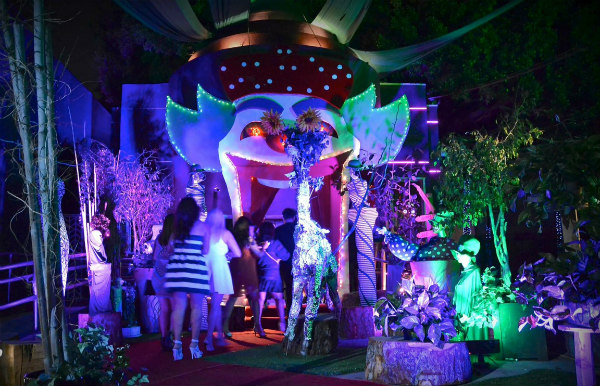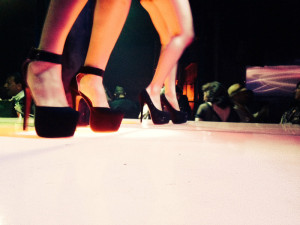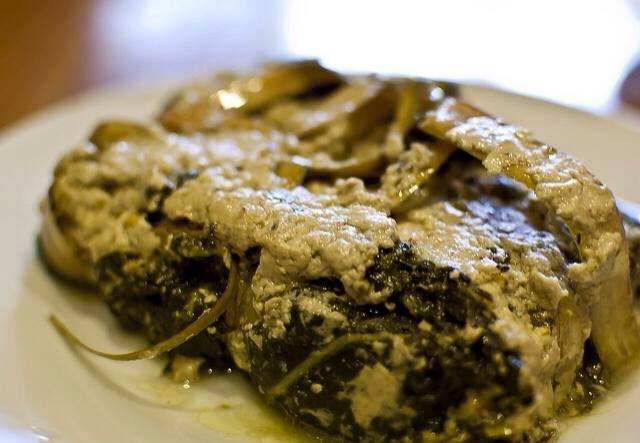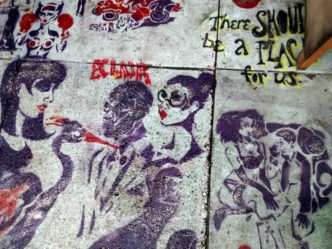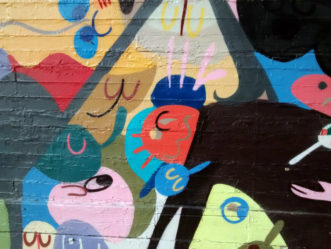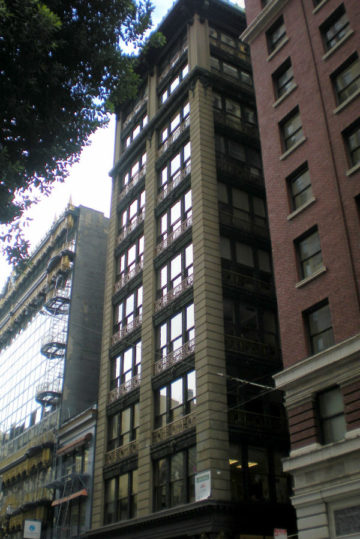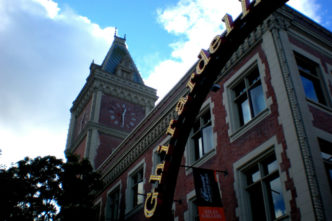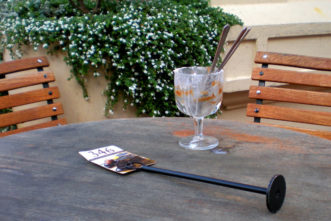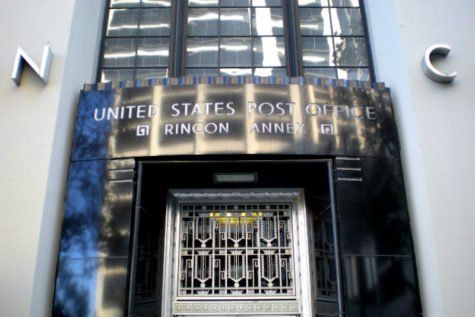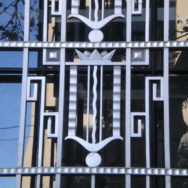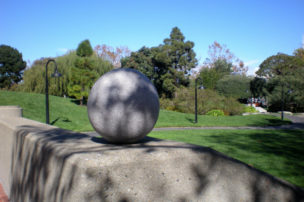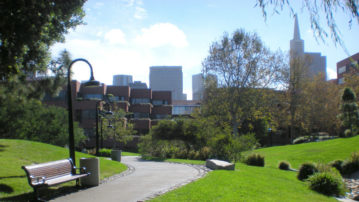Whenever I’m asked how I became a writer, I simply answer: it’s because of my father. Paulino Lim Jr. is a distinguished novelist. He’s the author of the Filipino political series Tiger Orchids on Mount Mayon, Sparrows Don’t Sing in the Philippines, Requiem for a Rebel Priest and Ka Gaby, Nom de Guerre, and several short story collections. His award-winning short stories have been featured in AsiaWeek and other publications. His scholarly monograph, The Style of Lord Byron’s Plays, is cited as the preeminent work about the romantic poet. He’s also a professor emeritus of English at California State University, Long Beach. So no surprise, he’s been a huge inspiration.
When I was young, he always encouraged me to tell my own stories and write them down. So I did. He’d read what I wrote, and besides correcting my grammar, his critical eye taught me how to use the precision of words to convey ideas. He also advocated exploring my own voice and not self-censoring, which can be a mistake for any writer. That early influence is probably why I’ve written some of the things I have.
I’m so pleased to feature my dad’s recent piece: it’s a story is about getting an undeclared food product from the Philippines through Customs. It blends both narrative and a recipe of a delicacy known as “Pinangat.”
Here’s a “taste” of Paulino Lim Jr. I hope you enjoy it!
(pinangat photo: Laing, Bicol Express, Wikimedia Commons)
Pining for Pinangat
I am in line at the LAX International Airport, holding my passport and Customs Declaration form. Six other returning residents are ahead of me. A message on the monitor above the immigration gate shakes off the lassitude of the overnight flight. “Declare all food products. Failure to do so can result in up to $10,000 in fines and penalties.”
What to do? On the declaration form I only wrote “Books,” not the pinangat in a plastic container, wrapped with a bath towel. Twenty pieces each wrapped in foil, what shall I call it? Pinangat? Filipino tamale? I glance at the Customs Officer behind the counter, scanning a monitor before stamping passports and declaration forms. He reminds me of a young sailor in his late 30s, wearing blue cap and short-sleeved white shirt and matching blue tie and epaulets.
Scenarios play in my mind. Does the penalty apply for not declaring a food product? If I refuse to pay the fine, will I be detained? Will the pinangat be confiscated and, heaven forbid, discarded? I will plead, unwrap a package and say, “This is a delicacy in my hometown.” Who’ll believe me if I say that the pinangat is my antidote for homesickness?
So many copycat dishes have filched the name, but Filipinos know that there’s only one pinangat, the Bicol variety, and the best tasting comes from my hometown in Albay Province, Camalig, also known as the country’s “Pinangat Capital.” The town fiesta honoring the Patron Saint, John the Baptist, is an extended week-long celebration, dubbed Pinangat Festival.
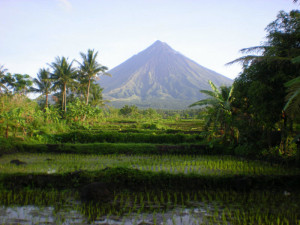
Mayon Volcano
What‘s so special about the Camalig pinangat? Geography is as much a factor as the South of France is to Perrier water. Its main ingredient is the gabi vegetable, also known as taro in Hawaii, that grows along rivulets and rivers flowing from Mayon Volcano. The volcano also accounts for the superb quality of the coconut used in pinangat.
A mature coconut, its husk turned brown, is broken open with a bolo or cleaver and grated. The grating is mixed with a cup of water in a basin, and manually squeezed and kneaded until the water turns milky. The coconut milk is poured into a container using a sieve. Water is again mixed with the grated coconut for a second squeezing.
Fresh shrimp and pork are two favorite pinangat fillings. The shrimp is peeled and the pork diced. They are seasoned with salt, chopped onions, garlic and, if desired, chili pepper. A third of a cup of seasoned pork or shrimp is placed on two overlapping gabi leaves. A tablespoon of the first squeeze is added, the leaf folded over the mixture to create a pouch.
More gabi leaves wrap the pouch into a rectangular shape that fits nicely in a chafing dish when served. A strand of coconut frond tied length- and crosswise secures the wrap, as a string does to a small package. The wrapped pieces are placed in a pot lined with white stalks of lemongrass, beaten soft with the flat side of a cleaver. Coconut milk from the second squeeze is poured over the pinangat, and the pot is covered.
The pot simmers over low heat from fired charcoal and cracked coconut shells. The dish is ready when nothing remains of the coconut milk, except for the whitish yogurt-like residue that adds an appetizing layer to the green of the pinangat. Each pinangat can be lifted with a fork from the pot by its frond string.
It’s now my turn at the passport gate. No more psychic scenarios, each move happening in real time. I pull my carry-on bag to the counter, and say “Good morning,” as I hand in my passport and travel form. The Inspector returns my greeting with a nod.
He looks at me. “What was the purpose of your travel to the Philippines?”
“I visited my folks in the province. For the most part I was a visiting professor at De La Salle University in Manila.”
“I see you’re bringing in books. Sir, anything else to declare?”
I shake my head. The Inspector stamps the passport and scribbles on the declaration form. Is it a note for the Customs Officer at the Exit gate to inspect my luggage?
This moment must be how a smuggler feels, or a gambler about to roll the dice. I pull my green canvas suitcase from the trundling carousel, and walk slowly toward the Officer, a bronzed Latino in his late 50s, standing behind a platform.
“Buenos dias, Señor,” I say.
His face cracking a smile, he replies, “Bienvenido.” He takes the travel form, points to my suitcase, and says, “Do you have chicharones in there?”
I shake my head, and he waves me to the exit sign.
